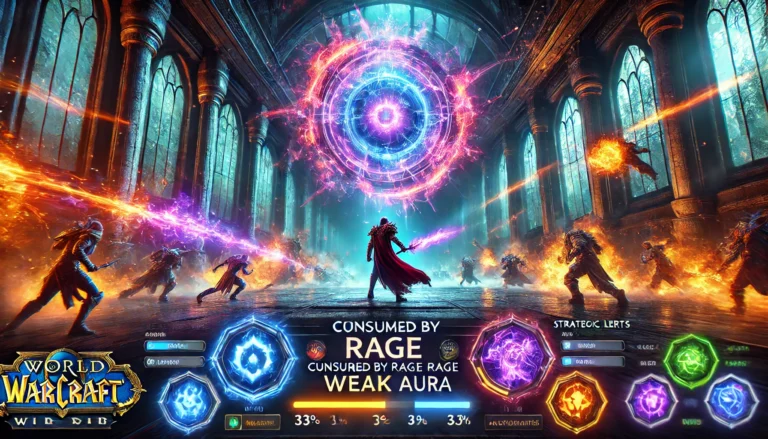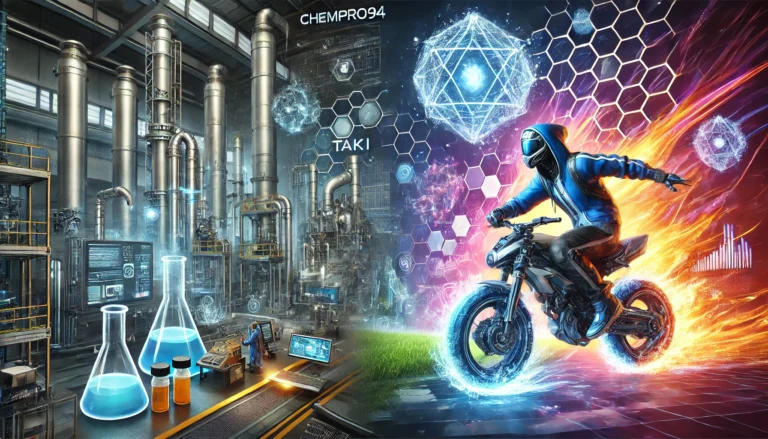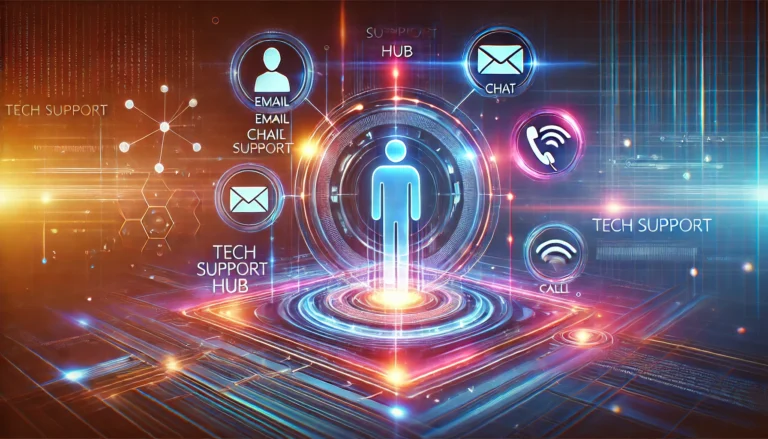Introduction To Halo (2003) Game Icons Banners
Released in 2003, Halo: Combat Evolved marked the beginning of one of the most iconic franchises in gaming history. Not only did it change the first-person shooter genre, but it also set new standards in visual design and branding. One of the most enduring aspects of Halo (2003) is its game icons and banners. These visual elements not only helped shape the game’s interface but also became an integral part of the franchise’s cultural identity. This article explores how Halo (2003) Game Icons Banners evolved, their significance, and their lasting impact on gaming culture.
The Evolution of Halo’s Icon Design
The first Halo game revolutionized the way we look at video game design. From the moment players booted up Halo: Combat Evolved, the game icons immediately stood out as crucial elements for both gameplay and storytelling. The visual design of the game’s icons was not just about functional elements like weapon selection and map markers, but also served to immerse players in the futuristic, military world of Halo.
The game’s most famous icon, of course, is the helmet of Master Chief. As the central figure in the game, his helmet became a symbol of strength and mystery. The design of this icon encapsulated the essence of Halo’s world—a mixture of advanced military technology, space exploration, and humanity’s struggle against alien forces. These icons, particularly the Halo (2003) game icons, were not just functional but visually captivating, helping to set the tone of the game.
Over the years, the evolution of Halo’s icons reflected advancements in technology and changes in the franchise’s direction. From the basic, pixelated designs of the early 2000s to the sleek, high-resolution icons we see today, the evolution of the Halo (2003) game icons is a testament to the growth of the Halo series as a whole.
Halo (2003) Game Icons Banners: More Than Just Decoration
While icons served the purpose of guiding players through gameplay, Halo (2003) game banners had a broader role to play, especially in the game’s promotional efforts. These banners adorned retail displays, websites, and promotional materials, bringing Halo to the masses. Their role in marketing was vital to the game’s success.
Banners often featured dramatic depictions of Master Chief in action, battling the Covenant on the desolate Halo rings. The art direction behind these banners was strategic, designed not only to grab attention but also to capture the essence of the game’s story. The banners were cinematic in their portrayal, often showcasing sweeping landscapes or intense battles, creating a sense of grandeur that appealed to players’ imaginations.
Online, Halo banners played a role in uniting the gaming community. They were used to announce new updates, tournaments, and community events, contributing to a vibrant online culture. Even today, these banners are remembered as integral to the Halo marketing machine, helping to establish the franchise as a global phenomenon.
Understanding the Design Philosophy Behind Halo Icons
What made the Halo (2003) game icons banners so special? The design was grounded in simplicity, clarity, and symbolism. Each icon was created with a specific purpose, aiming to reduce clutter and provide players with easily recognizable visual cues. Take, for example, the Spartan helmet icon—it immediately communicates the game’s protagonist without the need for additional explanation. Similarly, the Covenant’s alien icons embodied an alien aesthetic that was both intimidating and mystifying.
The use of color was also a significant factor. The game featured a blend of greens, blues, and earthy tones for the UNSC (United Nations Space Command), which represented humanity’s strength and technology. In contrast, the Covenant’s designs incorporated ominous purples and reds, creating a stark visual difference that helped players identify friend from foe quickly.
In a time before high-definition graphics became commonplace, the Halo design team made smart use of pixelated icons that still managed to convey important narrative elements. Even with minimal visual fidelity, the design communicated the essence of the character or object represented, making each icon an effective storytelling tool.
The Role of Icons and Banners in Halo’s Marketing Strategy
Halo (2003) Game Icons Banners weren’t just functional or aesthetic; they were a core part of the game’s marketing strategy. Icons, particularly Master Chief’s helmet, became synonymous with the Halo brand. These visual elements transcended the game itself and helped to establish a distinctive visual identity for the franchise, ensuring that players recognized Halo wherever they saw it.
Banners, on the other hand, were used to amplify this visual identity. Whether on a retail poster or a social media ad, these banners presented a cohesive message: Halo was an action-packed, cinematic experience. The banners not only showcased gameplay but also emphasized the grandeur and epic scope of the game. The consistent use of these icons and banners across various platforms helped build Halo’s reputation as a must-play title and cemented its place in gaming history.
The Cultural Impact of Halo Icons and Banners
Halo (2003) game icons banners have had a lasting cultural impact, both within the gaming community and beyond. The iconic imagery of Master Chief’s helmet, the glowing rings of Halo, and the menacing presence of the Covenant have become ingrained in popular culture. These visuals, especially the Halo (2003) game icons banners, have inspired countless fan works, from fan art to cosplay, ensuring that Halo’s visual identity continues to resonate with fans old and new.
Moreover, Halo (2003) game icons and banners sparked a sense of community. Players proudly displayed their achievements through in-game banners and icons, signifying their progress and skill level. As the Halo franchise grew, so did the importance of these visual elements in fostering a sense of belonging among players. Today, Halo banners and icons are often featured on merchandise, further cementing their place in the gaming world.
Creating Halo Icons and Banners: A Behind-the-Scenes Look
The process of creating Halo’s game icons and banners was a meticulous one. Behind the stunning visuals was a team of designers and artists who worked tirelessly to ensure that each icon not only looked great but also served a functional purpose. The team drew inspiration from military sci-fi aesthetics, blending realistic representations of military equipment with more fantastical elements from the Halo universe.
From sketching out initial designs to refining them through digital tools, the creation of Halo’s icons and banners involved multiple iterations. The artists had to balance creative freedom with the need for clarity and recognition, ensuring that each icon could be understood at a glance. The banners, meanwhile, required a more cinematic approach, often requiring complex digital compositions to convey the epic scale of the game.
Customization of Halo Game Icons and Banners: A Guide for Players
One of the most exciting features in Halo (2003) was the ability for players to customize their own game icons and banners. This allowed gamers to express their individuality and showcase their achievements. From unlocking special icons based on campaign accomplishments to designing custom banners for multiplayer matches, Halo encouraged creative expression.
To create your own icons and banners, players could navigate through the game’s customization menu. Here, they could choose from a range of symbols, colors, and backgrounds to create a unique look. Whether you wanted a banner that reflected your victory in a multiplayer match or one that represented a specific faction in the game, the possibilities were endless.
Conclusion: The Enduring Legacy of Halo (2003) Game Icons Banners
In conclusion, Halo (2003) game icons banners played a significant role in shaping the visual identity of the franchise. These elements were integral to the game’s interface and its promotional strategy, providing players with not only practical tools but also a sense of belonging to the Halo community. From the iconic Master Chief helmet to the sweeping banners that decorated websites and advertisements, these visual elements have become symbols of a legacy that continues to impact the gaming world today.
As Halo evolves, it is clear that the power of these icons and banners will remain central to the franchise’s identity. Their impact on gaming culture is undeniable, and their influence on modern game design continues to be felt. Whether you are a new player or a long-time fan, the iconic visuals of Halo (2003) will always have a place in the hearts of gamers everywhere.
FAQs
Q1: Why are Halo’s game icons so significant?
Halo’s game icons, particularly the Master Chief helmet, became symbols of the franchise’s identity. These Halo (2003) game icons allowed players to easily recognize characters and elements within the game, while also contributing to the overall atmosphere of the Halo universe.
Q2: What role did banners play in the success of Halo (2003)?
Banners were a key part of Halo’s marketing strategy, helping to build excitement around the game and establish a strong visual identity. The Halo (2003) game icons banners showcased the game’s epic scope and attracted players, making Halo a global phenomenon.
Q3: How were Halo’s game icons created?
The creation of Halo’s game icons involved a combination of artistic vision and technical expertise. The design team focused on creating clear, recognizable symbols that could be understood quickly, with an emphasis on simplicity and futuristic aesthetics, all contributing to the iconic Halo (2003) game icons.
Q4: Can players still customize icons and banners in Halo today?
Customization was a key feature of Halo (2003), and while newer Halo titles have expanded on this, the ability to create and personalize game icons and banners remains a part of the franchise’s appeal, allowing players to express their individuality through Halo (2003) game icons banners.






